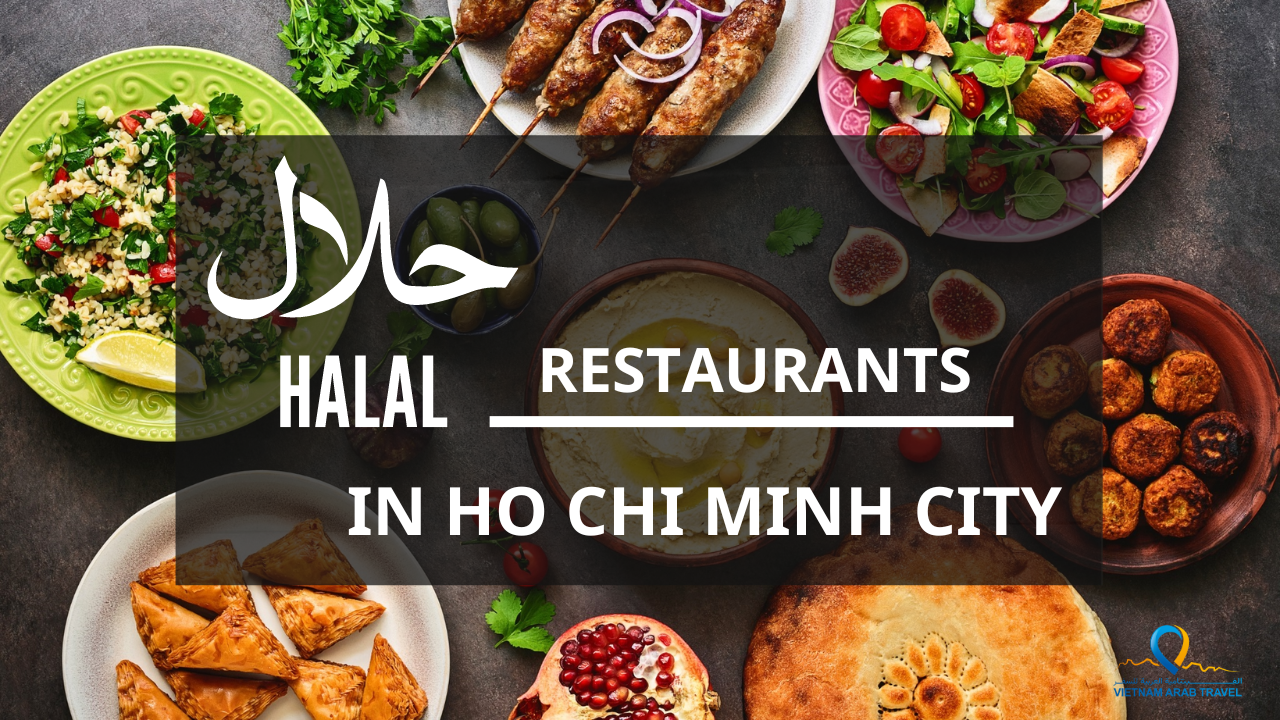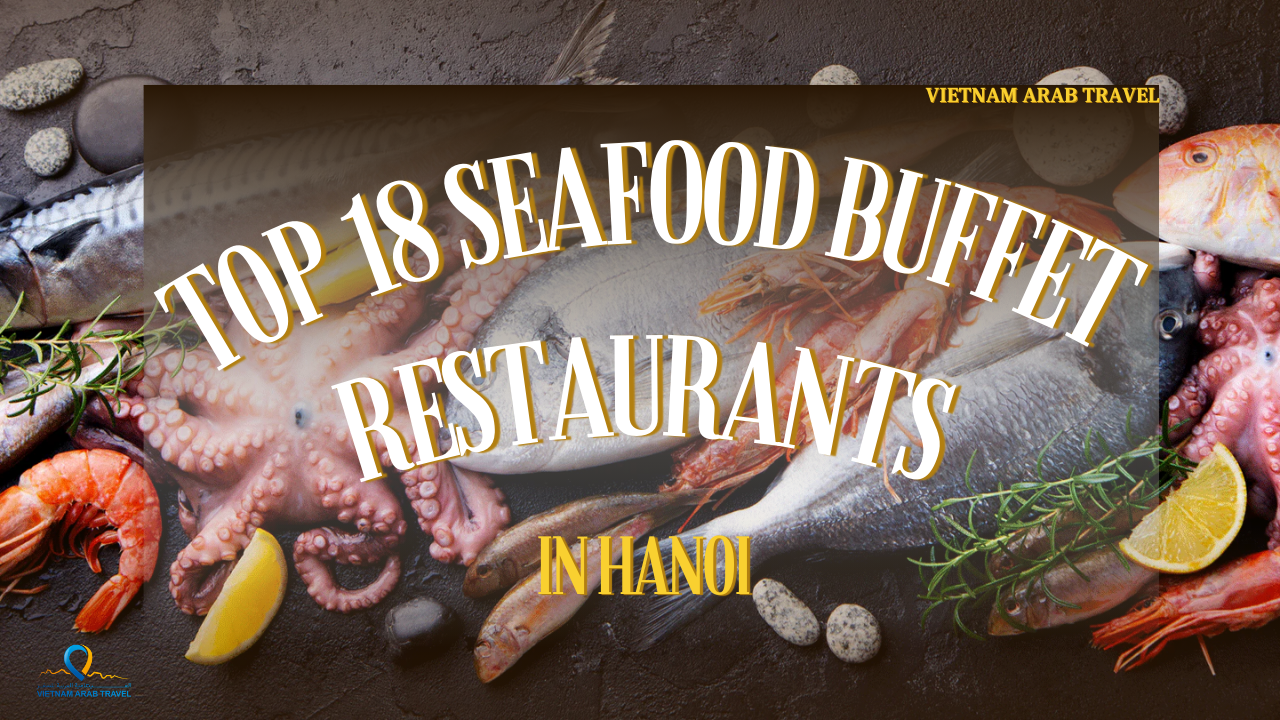Lang Son: Northeastern province boasts trademark attractions

A panoramic view of Lang Son Town, capital of the eponymous province. This is among several aerial pictures taken by native lensman Bui Vinh Thuan who hopes his pictures will draw more visitors to explore the province's plentiful attractions.
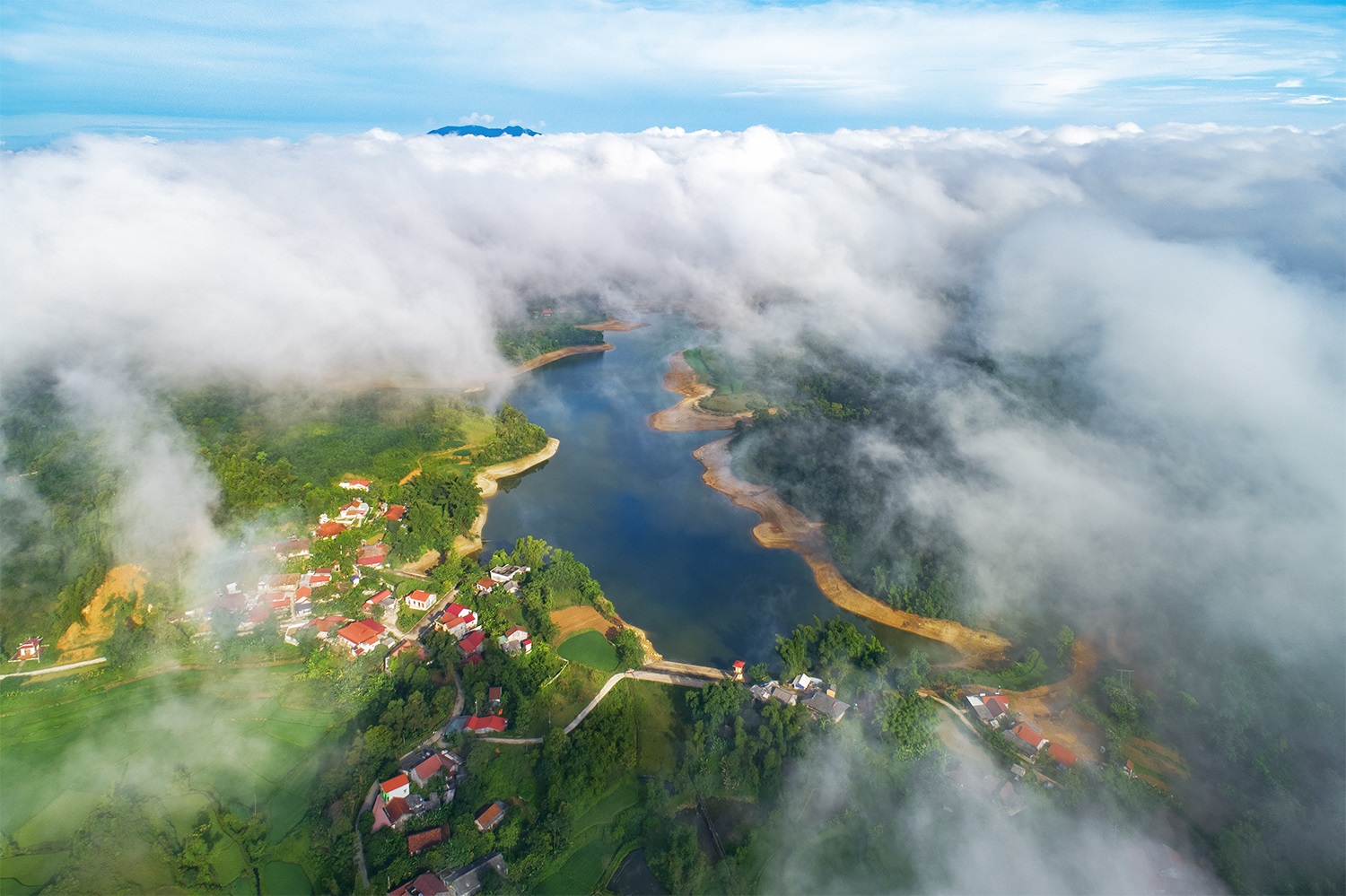
Around 155 kilometers from Hanoi, Lang Son remains lesser-known on the tourism map than its neighbors Ha Giang and Lao Cai. Local authorities are planning to change this, making tourism a spearhead economic sector by 2030.

White clouds hover over Tam Hoa, a freshwater lake surrounded by mountain ranges and pine forests in Hung Vu Commune.
Visitors can hire bamboo rafts from local fishermen to explore the lake and also set up camps in the green pine forests.
Annona fruits (custard apple, soursop, etc.), a specialty of Lang Son, are planted along a mountain slope in Quang Lang Commune, Chi Lang District. The place is famous as the site of historical battles in which the Vietnamese defeated Chinese invaders. The fruit trees will be harvested in the next two weeks.
The Mau Son tourist area in Loc Binh District is famous for its rugged landscapes and year-round cool climate.

In summer, the highest temperature in Mau Son is 27 degrees Celsius but at night, travelers can enjoy chilly weather as the mercury drops to 16 degrees.
Mau Son used to be a favorite summer attraction for the French elite in Vietnam. It has dozens of French-built villas and old houses, some of them abandoned.
Harvested rice is aired to dry on the front yards of houses in Loc Binh District.
One of the unique traditional cultural features of the province is in this district - trinh tuong houses of the Tay and Nung ethnic minority groups in Tu Doan Commune, around 20 kilometers from the Chi Ma border gate.
The Tay and Nung make their trinh tuong houses using clay mixed with mud.
A trinh tuong house usually has two floors with three rooms, and two outhouses used for storage and as a kitchen. An altar is placed in the middle of the house. Behind the altar is the room for the elderly. There is also a yard for drying paddy, rice and maize.
The building materials and structure of these houses create a space that is warm in winter and cool in summer.
A community-based eco-tourism village in Huu Lien Commune is dotted with tiled roof houses that the Dao and Tay people live in. The village is surrounded by limestone mountains stretched alongside rice fields.
Trang Dinh District, around 67 kilometers from downtown Lang Son, where most residents mainly live on farming has started developing eco-tourism, with some families offering homestay services as well as bicycles rentals for visitors to drive through rice fields.

Two women of the Dao Lu Gang ethnic minority community stand amidst peach trees flush with pink blooms.
Dao women dressed in traditional finery dry corn in front of their houses to make corn wine, a specialty of the northern mountains.

The Mau Son mountainous district is home to Dao, Tay and Nung ethnic minority communities. The Dao account for 98 percent of the local population.
Ban Nang Lake in Tan Doan Commune.
Covering an area of 14 hectares, the lake has clear blue water all year round, making it an ideal destination for camping. This low-profile, secluded spot is virtually untouched by tourist crowds.

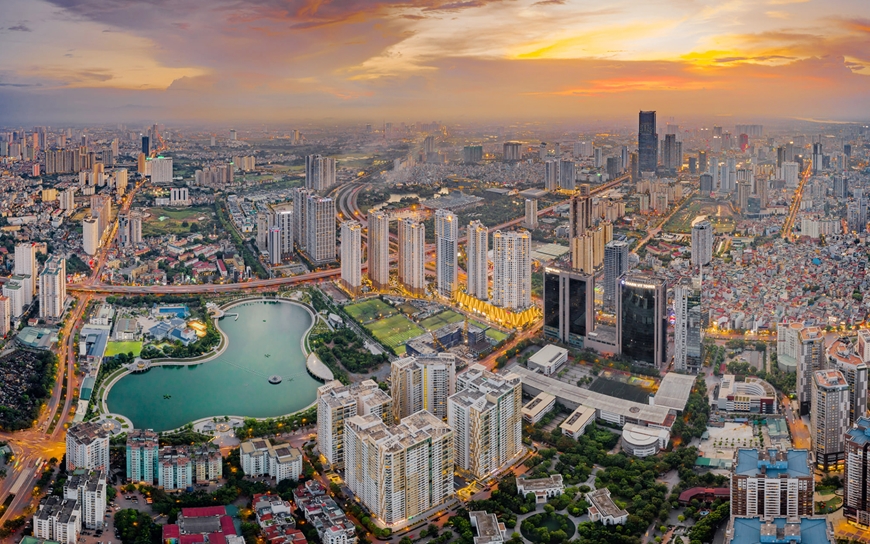
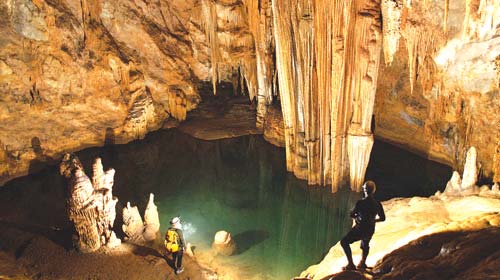

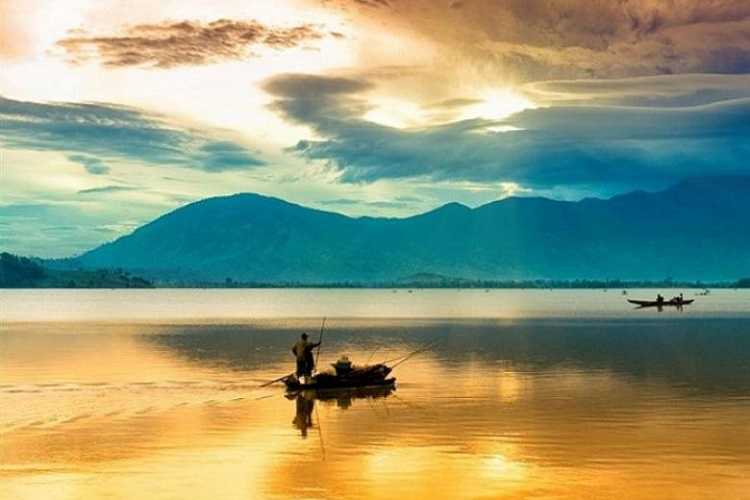
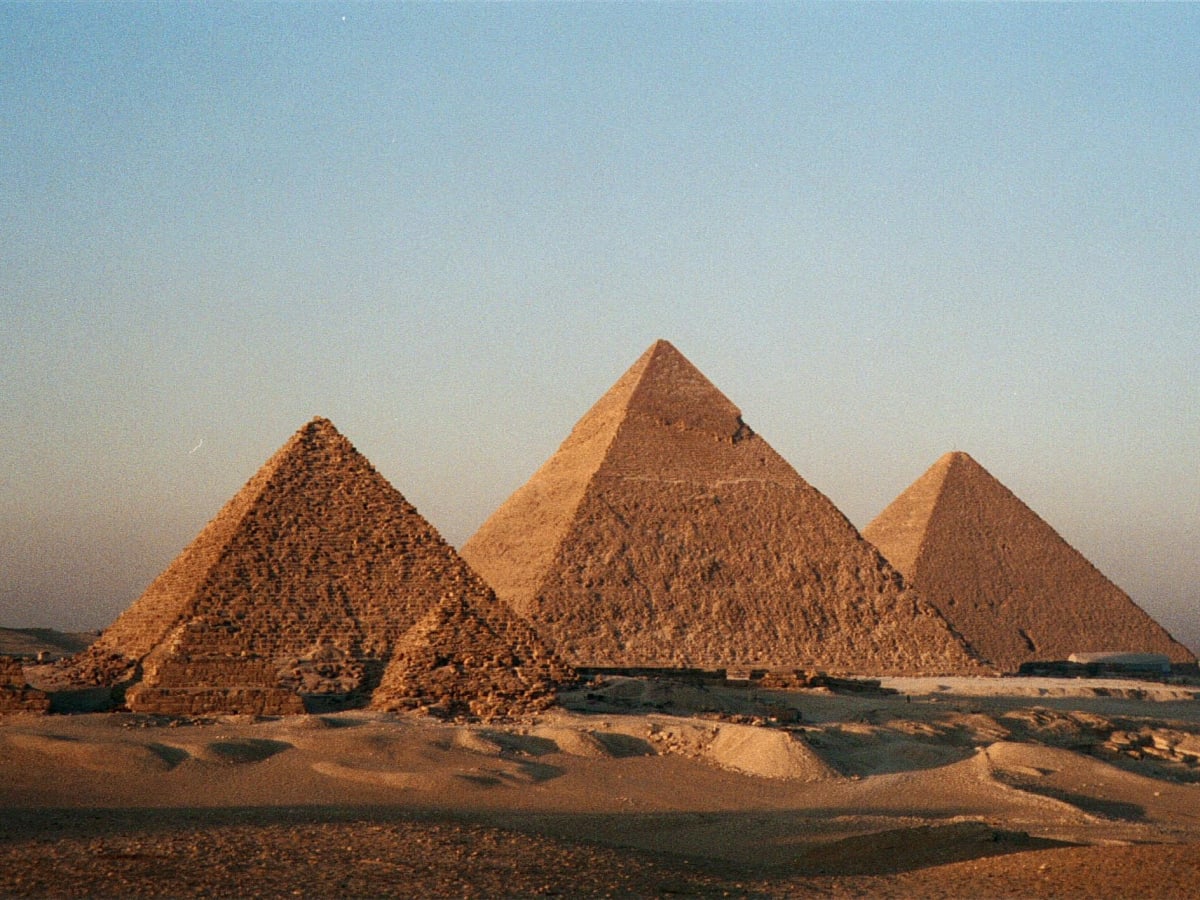
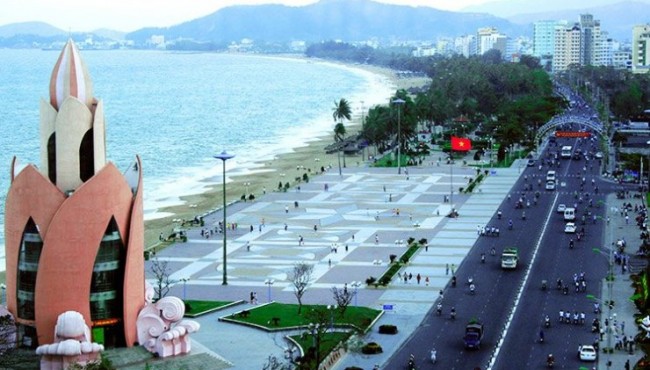
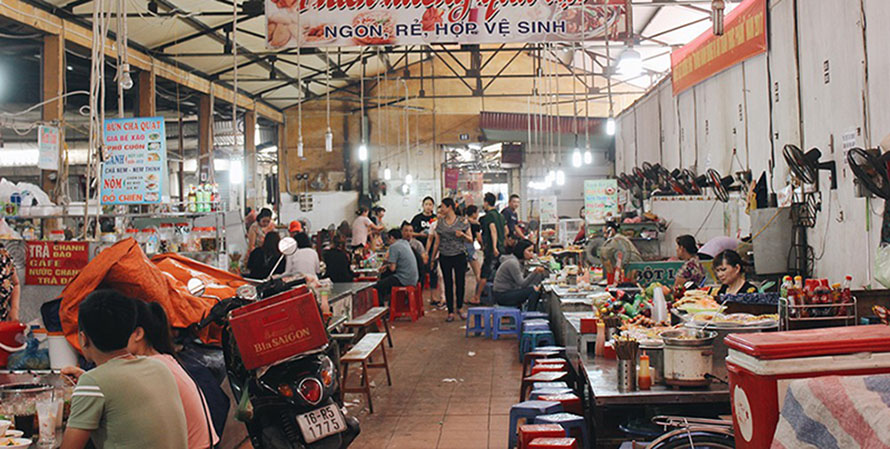
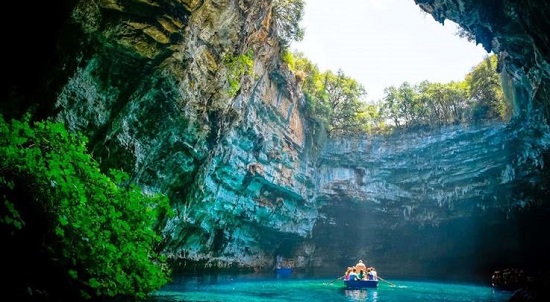
.png)
